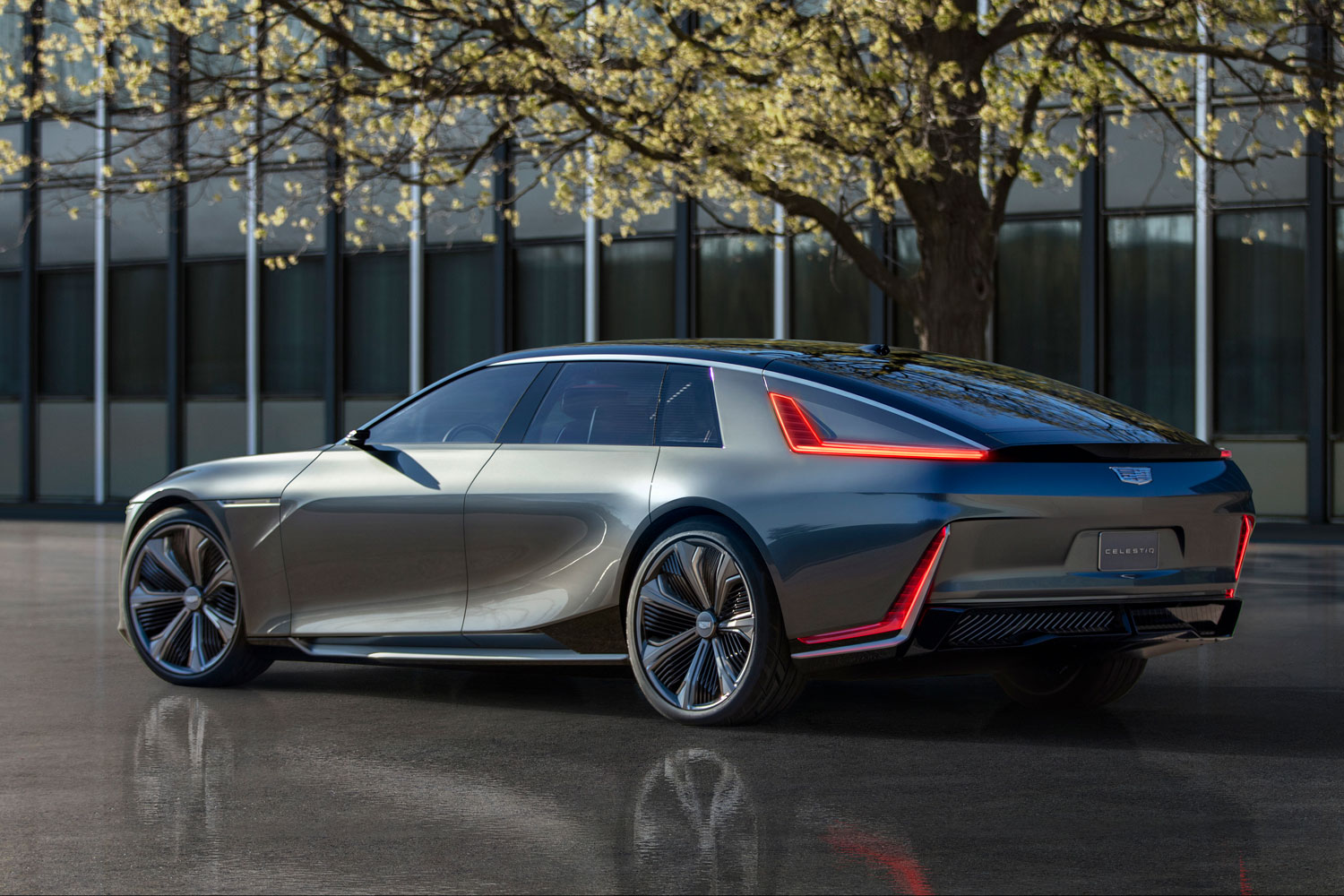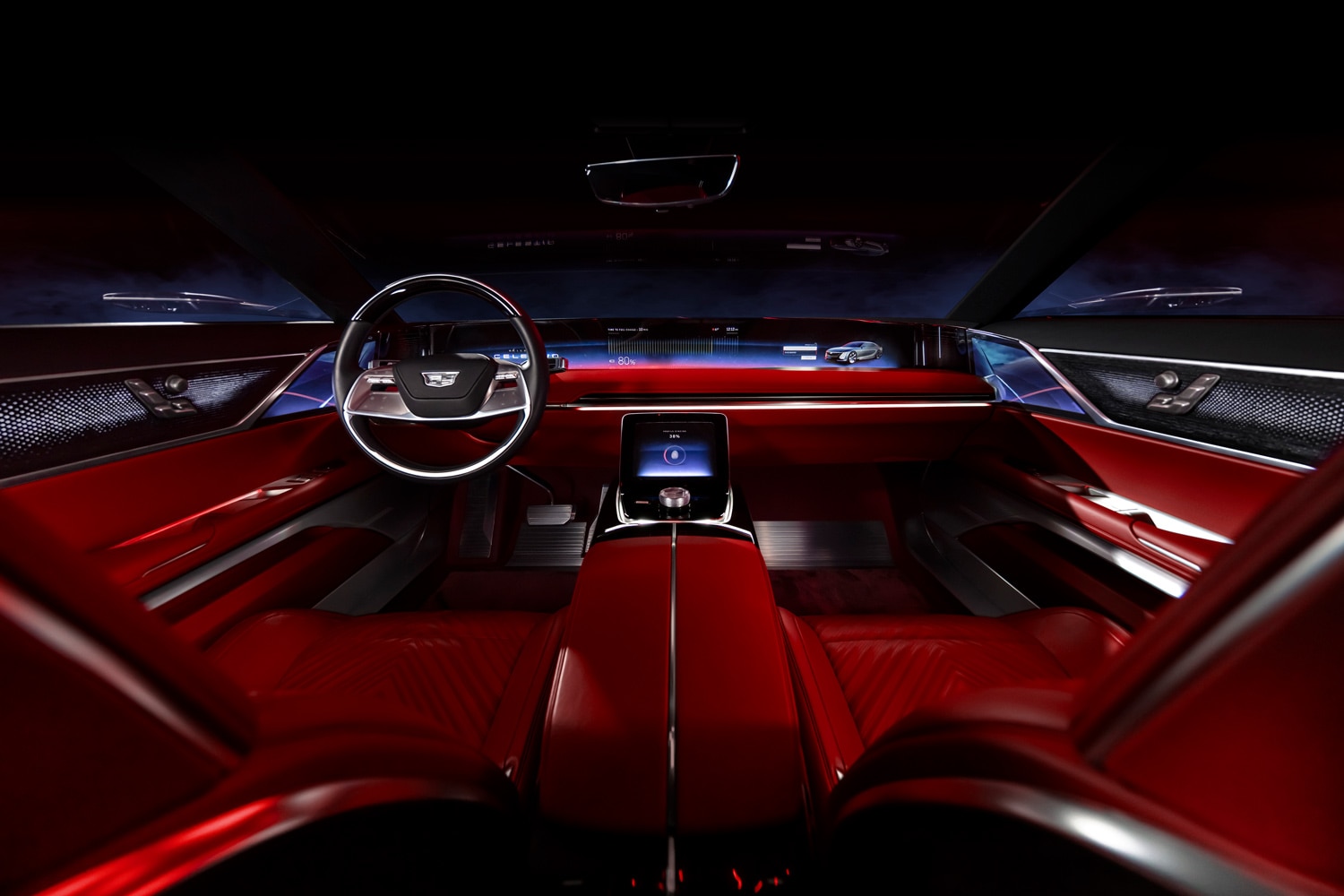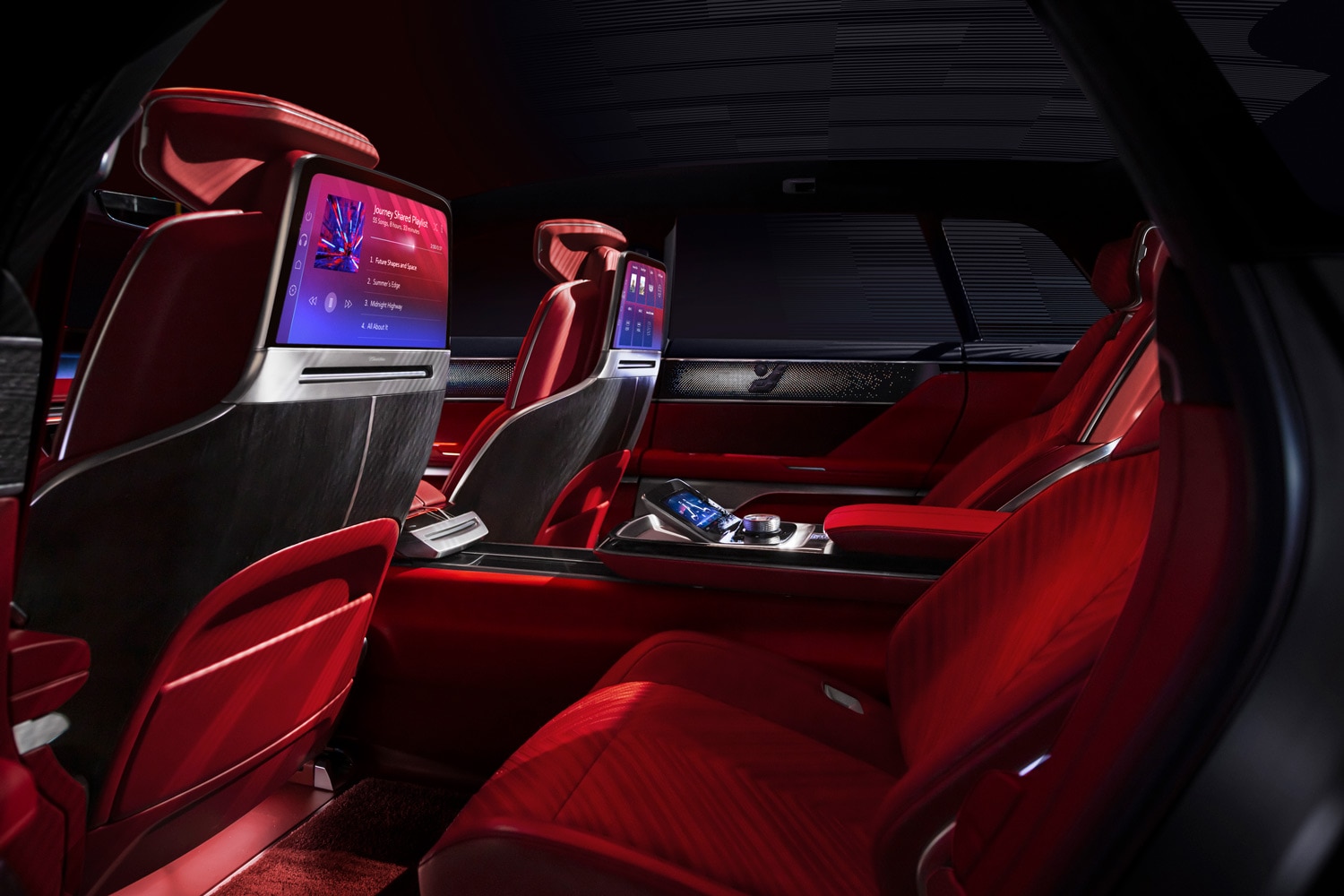Can the Celestiq Transform the Cadillac Brand?
Cadillac hopes once again to plant its stake in Rolls-Royce territory.
Capital One
As Cadillac takes the first steps towards becoming an electric-only brand, the company appears poised to move upmarket as well. Unveiled as a production-bound concept car in July, 2022, the Celestiq stands proud as the most luxurious, most advanced, and consequently, most expensive model the brand has developed in several decades.
Profitably selling a production model is more difficult than building a head-turning concept car, and the Celestiq is a risky proposition because it will propel Cadillac into an unfamiliar segment. And yet, if marketing is done right, the battery-powered sedan has the potential to again position Cadillac as an ultra-luxury brand.
Not Your Great-Uncle’s Cadillac
Cadillac designers and engineers drew inspiration from emblematic past models when developing the Celestiq. One car whose spirit lives on in the concept is the V-16, a prestigious, range-topping model powered by a 16-cylinder engine and built from 1930 to 1940. Offered in numerous body styles, including many provided by coachbuilders, the V-16 rivaled Rolls-Royce and Bentley models in terms of power and luxury. Owners included some of America’s wealthiest motorists, such as film director Cecil B. DeMille, and the V-16 is still a sought-after collector car.
The production version of the Celestiq may help Cadillac renew ties with this illustrious past.
 Cadillac
Cadillac
“The Celestiq certainly has the potential to change Cadillac’s image in a couple of key ways. As the brand’s flagship that happens to be exclusively electric, it sets the tone for the rest of the brand’s transformation to a bleeding-edge luxury brand – something that Cadillac is absolutely not perceived as today,” explained Ed Kim in a statement to Capital One. Kim is the President and Chief Analyst at
Cadillac hopes to set that tone by offering the Celestiq with features that include a 55-inch LED display and an evolution of the Ultra Cruise hands-free, driver-assistance technology developed by parent company General Motors.
Persuading buyers in the market for a car that costs more than $300,000 will require more than an eye-catching design and the latest technology, however. Cadillac needs to improve its interior build quality before it can lure these motorists into showrooms.
“This hand-built, $300,000 car can help realign consumer expectations of Cadillac workmanship,” Kim said. “For far too long, Cadillac interiors have generally been decent, but certainly second-tier in terms of material choice, fit, and finish. A first-tier luxury brand must have better interiors than what Cadillac has been producing for many decades, and hopefully the Celestiq’s interior will be built to a standard befitting the brand’s aspirations.”
Cadillac is on the right path. Its lineup has evolved considerably in terms of quality, luxury, design, and driving dynamics since the 1990s, and the brand is reaping the rewards of its efforts. The CT5 ranks high on J.D. Power’s list of the best luxury midsize cars of 2022, and the Escalade earned the top spot on the list of the best large SUVs of 2022, finishing ahead of models like the BMW X7, the Land Rover Range Rover, and the Mercedes-Benz GLS. The XT5 and the XT6 both rank high in their respective segments.
Changing Cadillac’s Image
Cadillac will release details about the production Celestiq “at a later date,” but the company clearly envisions the sedan as a low-volume model. General Motors will invest more than $81 million into its Global Technical Center in Warren, Michigan, to produce the car largely by hand. This will be the first time a vehicle is built at that facility since its inauguration in 1956. Compare that with the mass production of Cadillac’s current range: It sold 118,310 cars in the United States in 2021, including 40,505 units of the Escalade and 28,380 units of the XT4.
 Cadillac
Cadillac
The company also has pledged that every Celestiq will be “instantly identifiable as one of a kind,” suggesting customers will have many personalization options from which to choose.
Projecting an image of exclusivity is one of the challenges that Cadillac faces as it brings the Celestiq to production. Buyers don’t associate the Cadillac brand with exclusivity and ultra-luxury, and the sedan’s intended rivals come from brands that have steered clear of mainstream segments for decades. It’s difficult for carmakers to transcend market segments. For example, Volkswagen of America pulled the plug on its Phaeton flagship after three model years largely because buyers didn’t perceive it as a true luxury brand.
“Building a hand-built, $300,000 electric sedan is certainly out of the norm for Cadillac, and thus, there is no inherent demand for such a car as Cadillac has been out of the ultra-luxury customer’s consideration set for generations,” Kim told Capital One. “Nonetheless, elevating Cadillac to first-tier, luxury-brand status requires bold moves, and producing an ultra-luxury sedan that can be legitimately mentioned in the same breath as Rolls-Royce or Bentley can certainly help elevate Cadillac’s desirability – not just to the very wealthy, but also for potential customers of Cadillac’s more attainable models.”
Can the Celestiq Influence Other Cadillac Models?
Cadillac announced plans to sell only electric cars by 2030, and it’s not too far-fetched to speculate that some of the Celestiq’s features will percolate through to more affordable Caddys. Designers could apply some of the sedan’s defining styling cues to smaller models, for example, and some of the technology features packed into the cabin could trickle down to cars developed with volume production in mind.
 Cadillac
Cadillac
More importantly, the Celestiq’s positioning as a Rolls-Royce contender could help pull the entire Cadillac range upmarket. This goal isn’t new: The 1,000-horsepower, V16-powered Sixteen concept shown in 2003 explored how Cadillac could navigate the upper echelons of the luxury segment, but it didn’t get the green light for production. More recently, the CT6 sedan released for 2016 attempted to bring Cadillac back to a segment dominated by Mercedes-Benz, BMW, and Audi, but it retired from the American market in January, 2020 due to slow sales.
Beyond its role as a rolling display of technology and opulence, the Celestiq needs to successfully blaze a path that the rest of the lineup can follow.
“Ultimately, that’s the point of Celestiq: It’s a low-volume halo model meant to help change consumer perception of Cadillac, and if it’s executed well, it will contribute to transforming the brand from a second-tier one to a far more desirable and aspirational one,” Kim concluded.
Written by humans.
Edited by humans.
 Ronan Glon
Ronan GlonRonan Glon is an American journalist and automotive historian based in France. He enjoys working on old cars and spending time outdoors seeking out his next project car.
Related articles
View more related articles